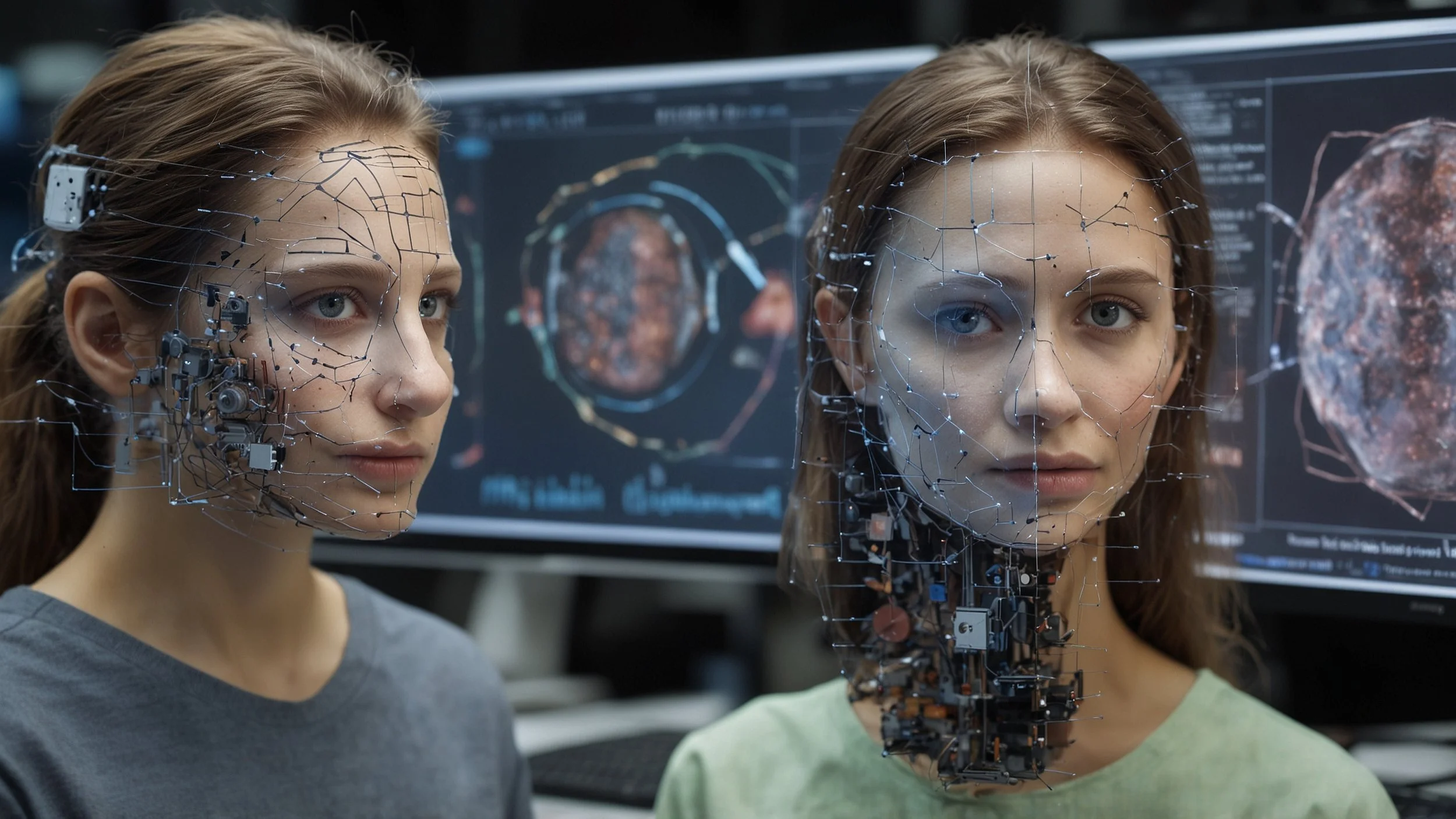The Evolution of Deepfakes: A Cybersecurity Challenge
In an enlightening CNN report, cybersecurity specialist Perry Carpenter shows how AI-powered deepfake identifiers can be spoofed, raising concerns about the reliability of these systems in the face of accelerating progress in artificial media. Deepfakes, videos or audios produced by Artificial Intelligence, are tools that persuasively replicate real individuals, and their relevance has grown progressively in political disinformation, financial fraud and identity theft.
The Growing Sophistication of Deepfakes
The article exposes the growth of deepfakes, hyper-realistic media created by Artificial Intelligence that represent a considerable challenge for identification. Despite progress in detection algorithms, Carpenter' s example shows that these systems are not perfect. In a controlled training, he managed to trick a leading deepfake detection tool with delicate modifications, not perceptible to the human eye, but effective in fooling the AI.
Vulnerabilities in Detection Systems
Carpenter argues that many detection systems rely on identifying inconsistencies in facial movements, lighting or synchronization of audiovisual content.
Due to the advancement of generative AI models, these inconsistencies become more difficult to detect, as these models generate more convincing and realistic content.
Carpenter highlights that there is an acceleration in the arms rivalry between deepfake creators and cybersecurity experts.
Malicious actors, who create these deepfakes, often stay one step ahead of the defense mechanisms, complicating the task of defenders.
These advanced artificial intelligence tools are designed to constantly learn and improve, which presents a challenge for the timely detection of deepfakes.
Constant competition means that both sides, creators and defenders alike, are in an ongoing technology race.
Cybersecurity experts must invest in the development and continuous updating of their tools to address these new deepfake threats.
The increasing sophistication of deepfakes represents a serious threat to the security, privacy and integrity of globally shared information.
Implications in Critical Sectors
The report also highlights the significant consequences of this vulnerability, especially in the identification and management of deepfakes.
In areas such as finance, the inability to detect deepfakes effectively could result in unforeseen fluctuations in the markets.
A misleading video of a CEO announcing a merger could significantly alter stock values, negatively impacting investors and the market in general.
In law enforcement, the dissemination of false and manipulated information could make it more difficult to solve crimes and catch criminals.
Within national security, deepfakes have the potential to destabilize governments if not identified in time, making false statements by key leaders credible.
A misleading audio of a government official could generate fear and panic among the population, which could have significant repercussions in terms of public order and security.
In conclusion, it is essential to develop more advanced technologies to identify and mitigate the impact of deepfakes.
Carpenter' s research emphasizes the importance of multi-layered defense strategies, merging AI detection with human monitoring, genuine content branding and public education in media literacy. It also calls for cooperation between technology companies, governments and academia to build more robust detection frameworks, underscoring that emerging AI threats demand constant vigilance and innovation.






